China: Beijing and the Great Wall of China

If there’s a place where modern architecture and a modern lifestyle are slowly overtaking tradition, it’s Beijing. With almost 30 million people, it’s a bustling metropolis. Modern skyscrapers, glass buildings, and historical sites contrast with gloomy streets full of tangled wires and chaos.
Right next to a modern grocery store, you’ll find a motorcycle repair shop, greasy pavement and all.
Don’t forget to document the everyday life of the local people. The interplay of modern buildings with traditional architecture and disorder in the narrow alleys is unique. Most people don’t pay much attention when you take photos, but some may request money for posing for your pictures.

Civilization gradually isolates traditional life to the small alleyways away from the main streets where people go to work. It’s the inevitable cost of progress and a higher standard of living.
Even though traditional street life is slowly fading away, still be prepared for the unexpected. Many people still run their business right outside their homes. The variety of vehicles is almost comical. Don’t hesitate to venture off the well-beaten path for this unique experience. There are markets filled with all kinds of treasures where bargaining is still a tradition.
The Forbidden City
The Imperial City, accessible only to the emperor, his family, and servants, is on the must-see list for every Chinese citizen. Upon entering, prepare for crowds, regardless of the season. The rectangular city, with a perimeter of 4km, is surrounded by tall walls and a moat. The city is entered through the south gate and exited through the north gate.
The city’s Meridian line, also known as the Dragon Vein, is perfectly straight and runs through the entire city. According to Feng Shui teachings, this 7 km line concentrates the earth’s energy paths. It runs beneath the emperor’s throne located in the Hall of Supreme Harmony in the center of the city. Rare historical and artistic artifacts are hidden in the side temples and lanes.
I highly recommend visiting the hill above the Forbidden City, located to the north. Climb the steps to its peak and you’ll be rewarded with a magnificent view of the entire Purple Forbidden City (紫禁城), in addition to the city of Beijing. During sunrise or sunset in particular, when the atmospheric conditions are better, you can enjoy the architectural precision of the historic imperial city.
The park around the hill is a popular place to relax. You’ll find people dancing modern and traditional dances, playing badminton, or other sports. If you’re lucky, you might come across groups practicing martial arts. You’ll primarily witness older generations keeping in shape this way.
Due to the city’s geographical location and extreme traffic, be prepared for heavy smog and temperature inversion. Given the high dust levels, I recommend not changing camera lenses too often, because this could result in dust particles entering your camera’s sensor. Early morning hours are ideal for city walks. The city’s transportation is readily accessible via its expanding metro system. Since the Olympic Games, the names of metro stations are now written in Latin script, making getting around relatively straightforward.
Temple of Heaven
Early in the morning, we head to the beautiful park that belongs to the Temple of Heaven (天壇). I recommend visiting this site as early as possible before the crowds arrive. In the center of the park lies a system of temples and gates along what’s known as the “Dragon’s vein.” The main building in the temple houses the “Hall of Prayer,” where the “Son of Heaven” prayed for a good harvest.
To the south, the line concludes with concentric circles resembling a portal to another universe. In the center of the raised platform, is a large stone where you should stand for a moment, not just for a photo but for the experience. According to Feng Shui teachings, several of the Earth’s energy paths intersect here. The number of steps on the terraces, the stones on the platform, and the railings are all multiples of nine, symbolizing the “Nine Layers of Heaven.”
Traveling north, there is the fascinating Echo Wall where you can stand at one end and have a normal conversation with friends at the other end. You can also enjoy a walk along the “Dragon’s vein.” This path is now open to the public, but in ancient times, only the emperor could access this path. Walk barefoot on the several ton, large marble blocks which are finely crafted down to the smallest detail, for a truly unique experience.
The adjacent park, surrounded by trees, has many hidden tranquil spots, making it worth a stop on a hot day.
Summer Palace and White Cloud Temple
Beijing is home to many historical and beautiful buildings. Of those I visited, two are worth mentioning.
The Summer Palace (頤和園) lies in the northwest, closer to the mountains. Initially built as a summer residence, it later became the main residence of the imperial family. An adjacent water area was artificially created, and a temple complex with a park was built on a raised hill. It’s a beautiful place to relax. You can spend the entire day strolling through the lovely park or take a boat ride and see everything from the water.
If you’re interested in martial arts, a visit to the White Cloud Temple is a must. The temple houses a statue of Laozi and famous Taoist scrolls. The temple remains a small island among skyscrapers, and with an adjacent market, it’s also an excellent place to buy souvenirs.
The Great Wall of China
This structure is one of the only man-made structures visible from the Earth’s orbit. It was built along the ridge of impassable mountains to protect the Chinese Empire from Mongol raids. One of its preserved sections is located not far from Beijing, and you can take a tour bus directly from Tiananmen Square.
The Great Wall, as its traditional name (長城) suggests, stretches for 2,000km and, if you include all its sections, measures almost 9,000 km. Sometimes called the “Stone Serpent,” it winds in several directions along almost the entire northern border. The wall was constructed over centuries and received its present form during the Ming dynasty. However, shortly after the Manchus took control, this defensive structure lost its significance.
The Great Wall stands out mainly due to its complexity and overall length. I believe it’s worth a visit, if only to appreciate its historical significance as you’ve learned from history class.
Grab a bite to eat and board the bullet train
Before leaving the capital’s gates and taking a high-speed train to the historical city of Xi’an, don’t forget to savor all the local delicacies. Don’t be afraid to experiment and try everything. You’ll experience so many different tastes.
Of course, fast-food restaurants and Western-style eateries are becoming more common, but there are still plenty of local establishments where you can savor traditional Peking duck or breakfast dumplings. Just remember the key phrase “Not spicy” (不辣 [Bù là]), unless you enjoy very spicy food.
Have you bought your plane tickets yet?
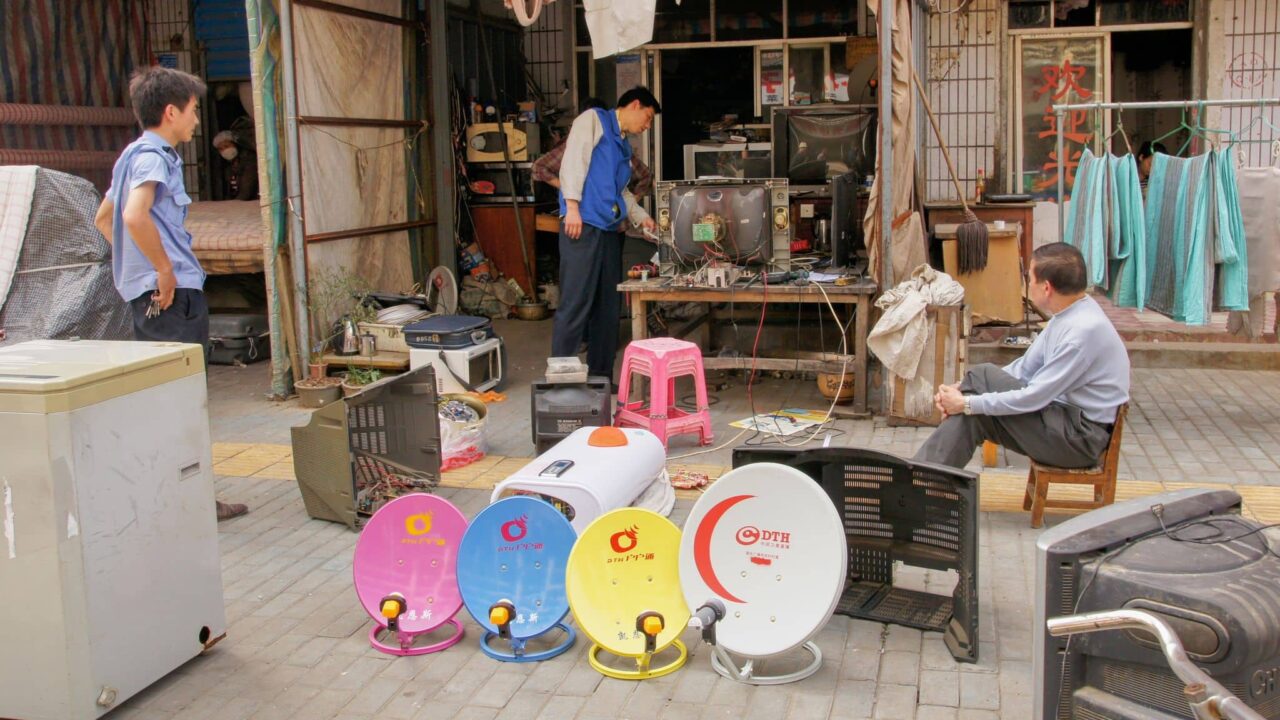
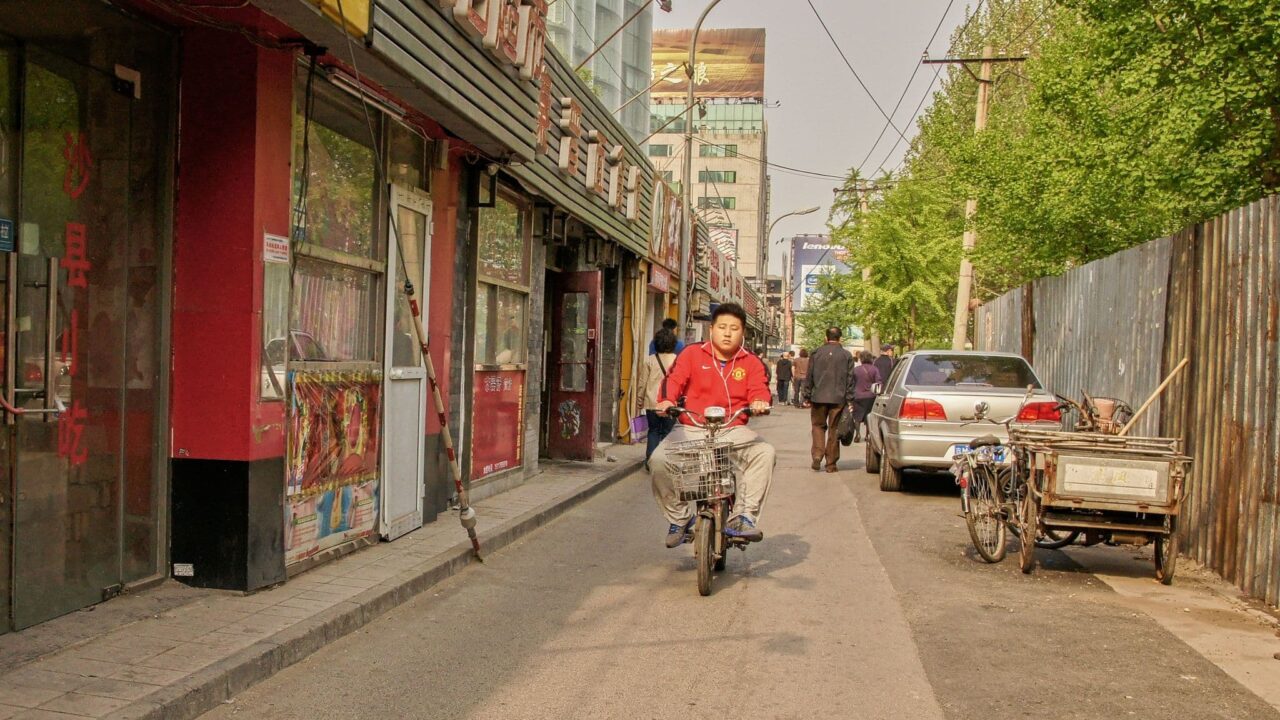
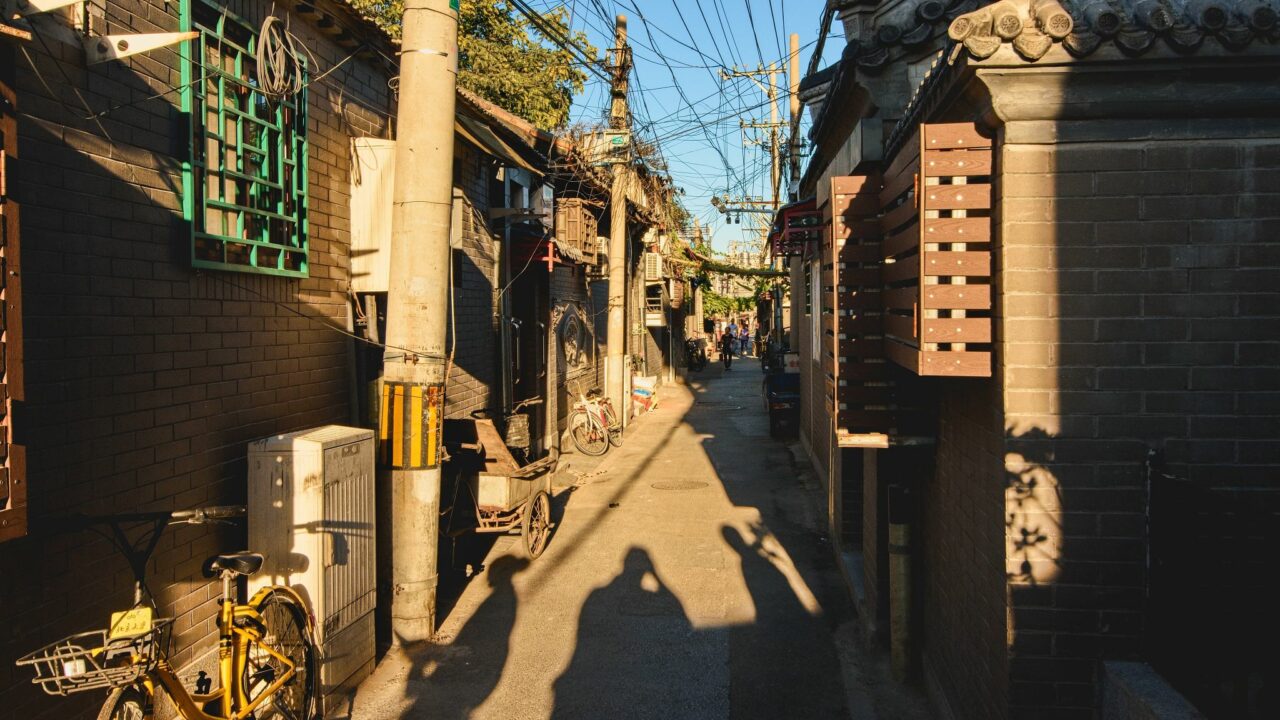

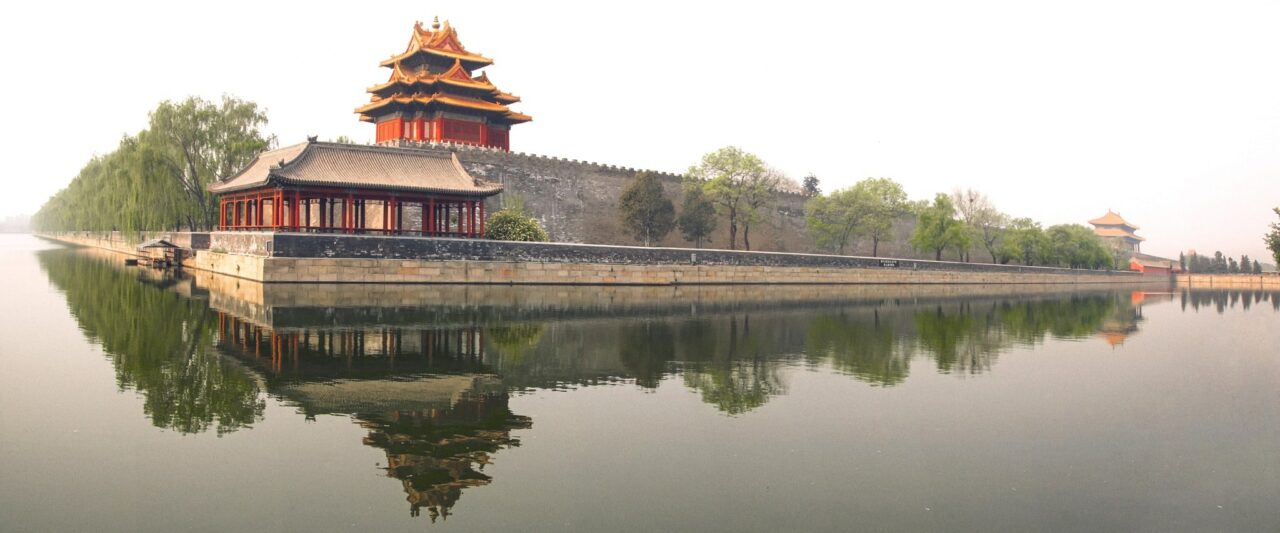
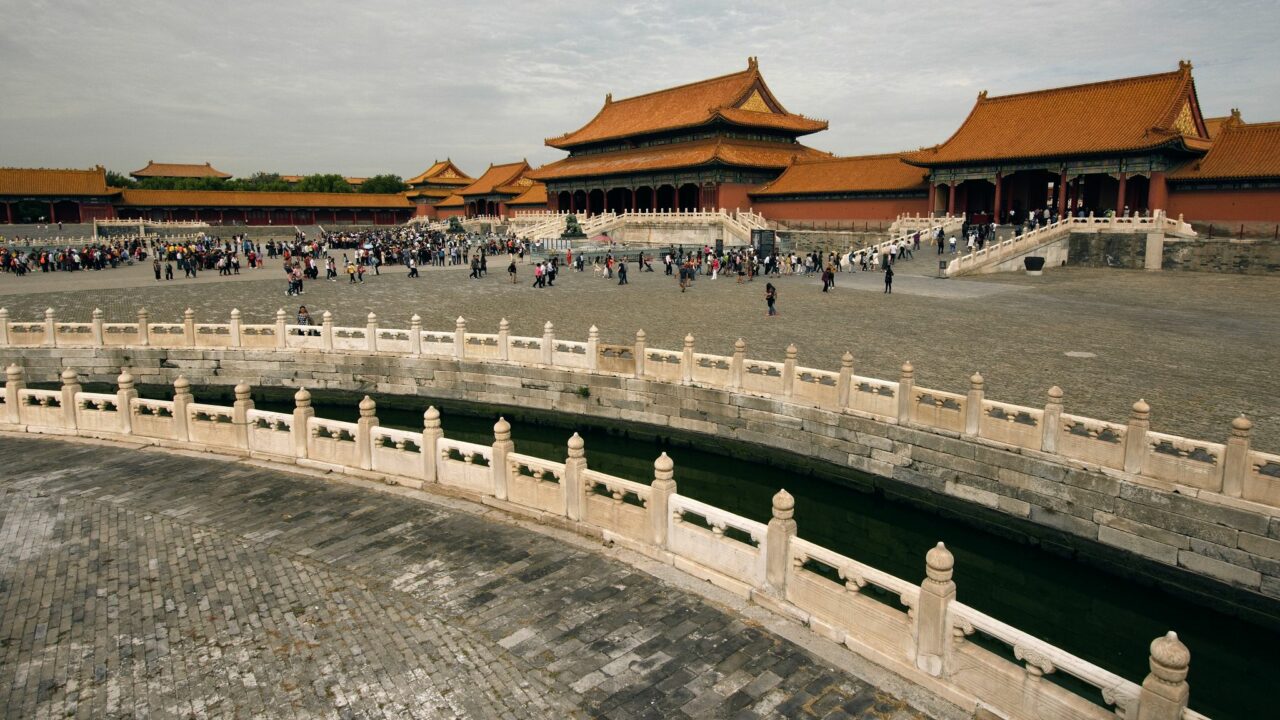

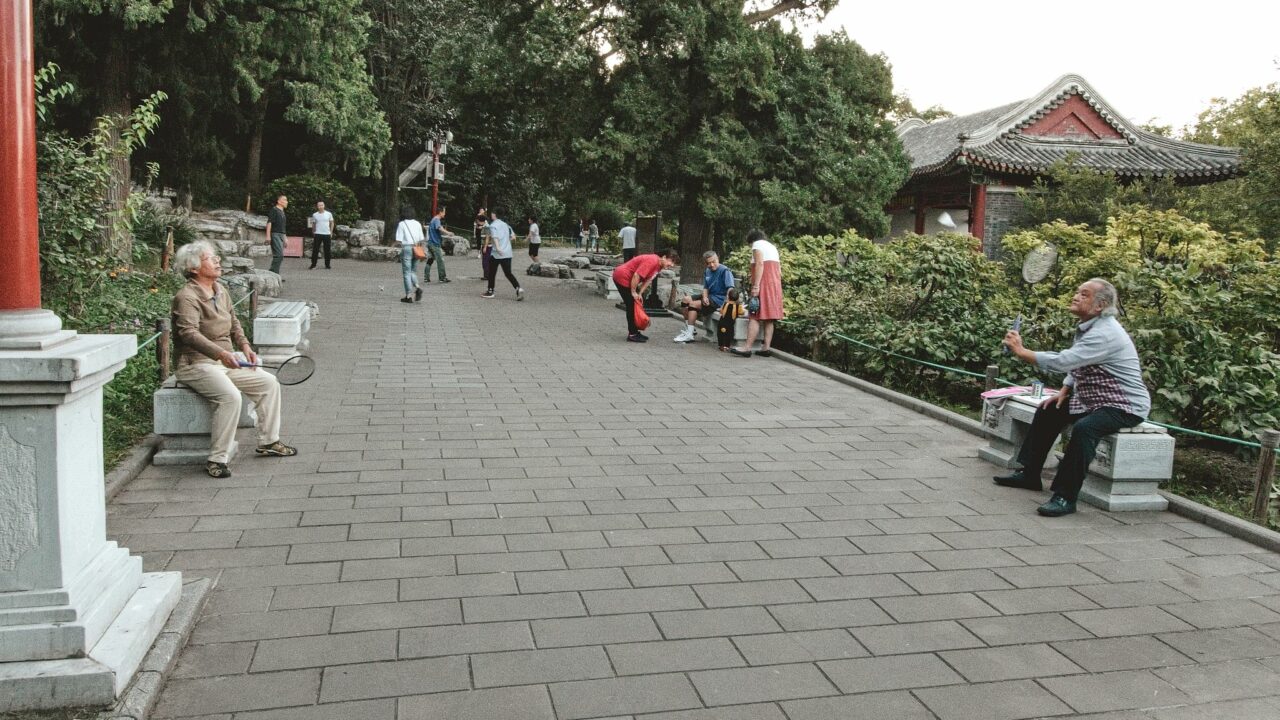
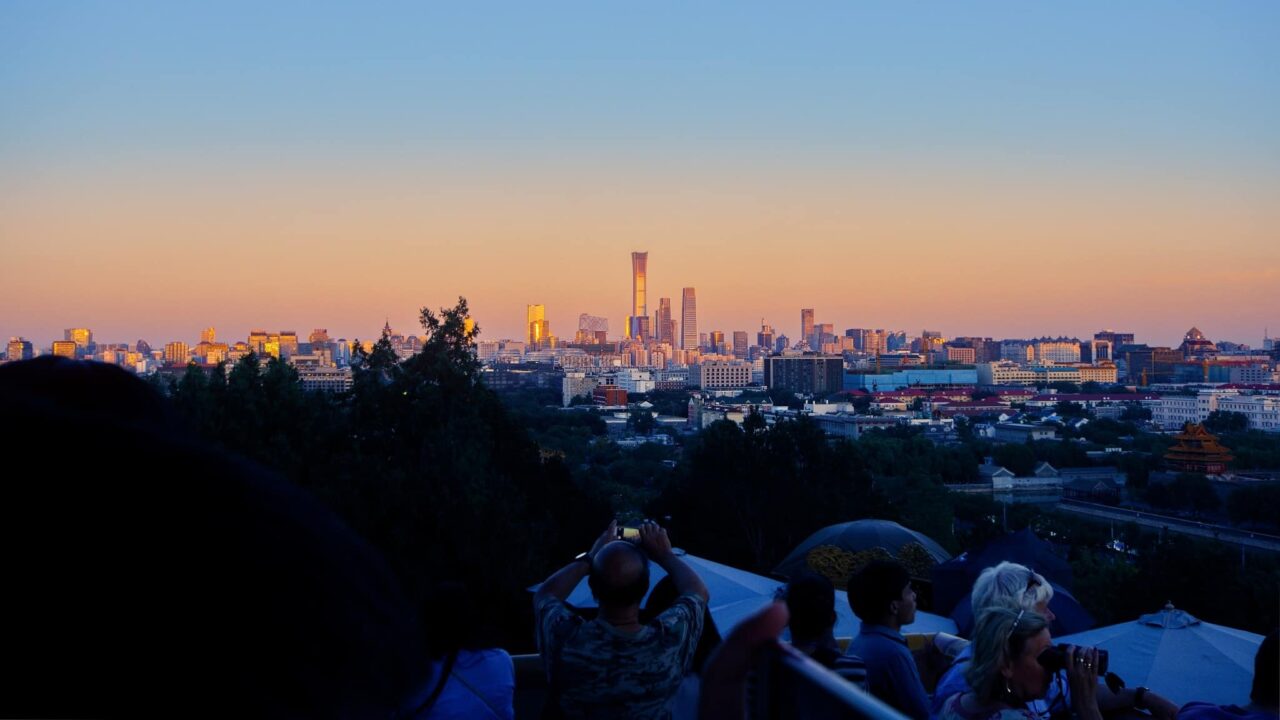
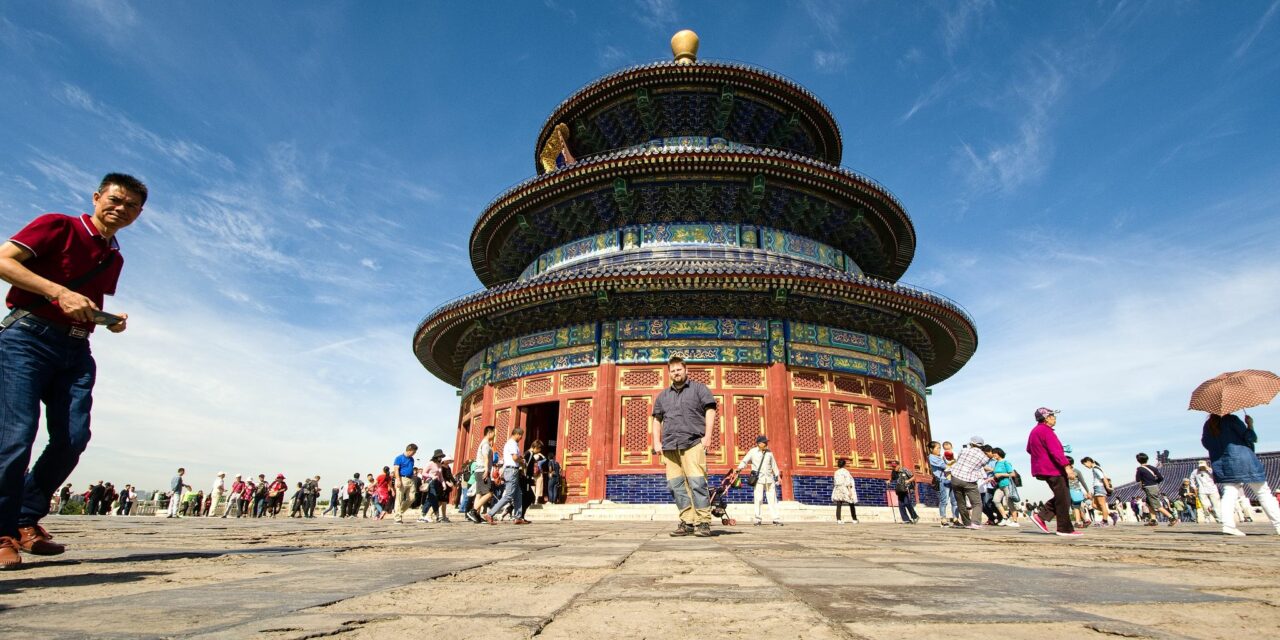
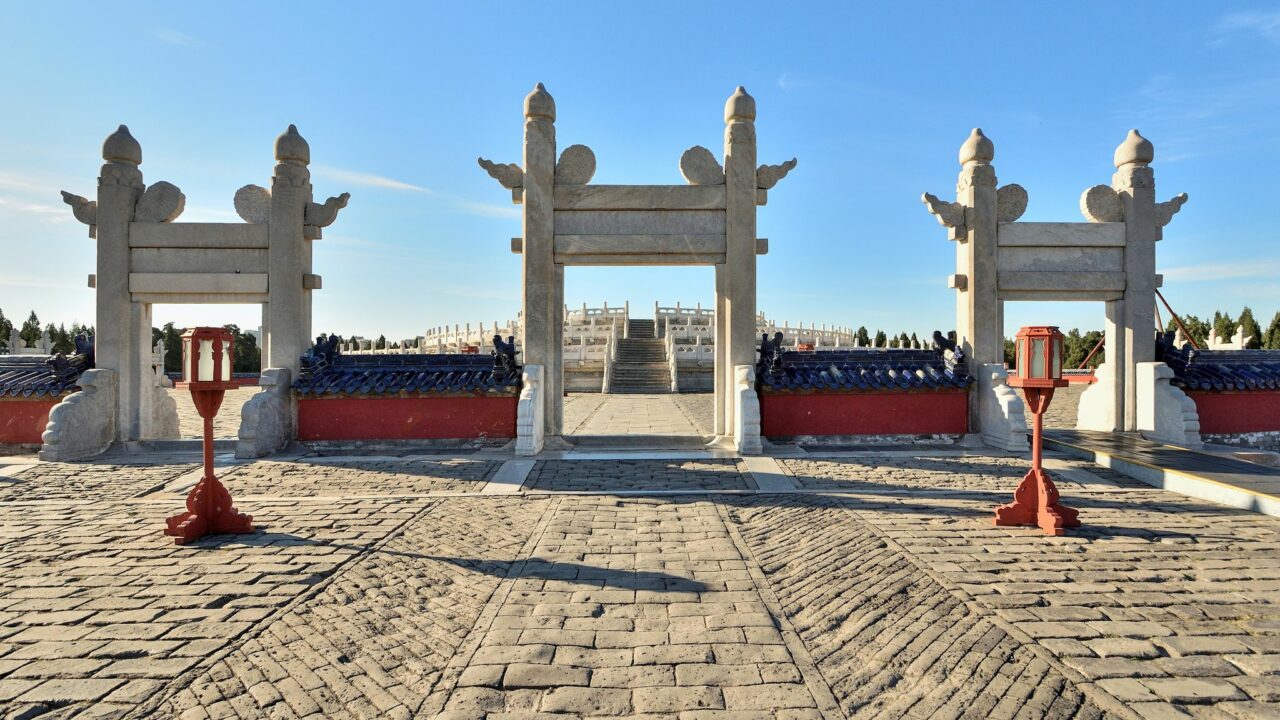
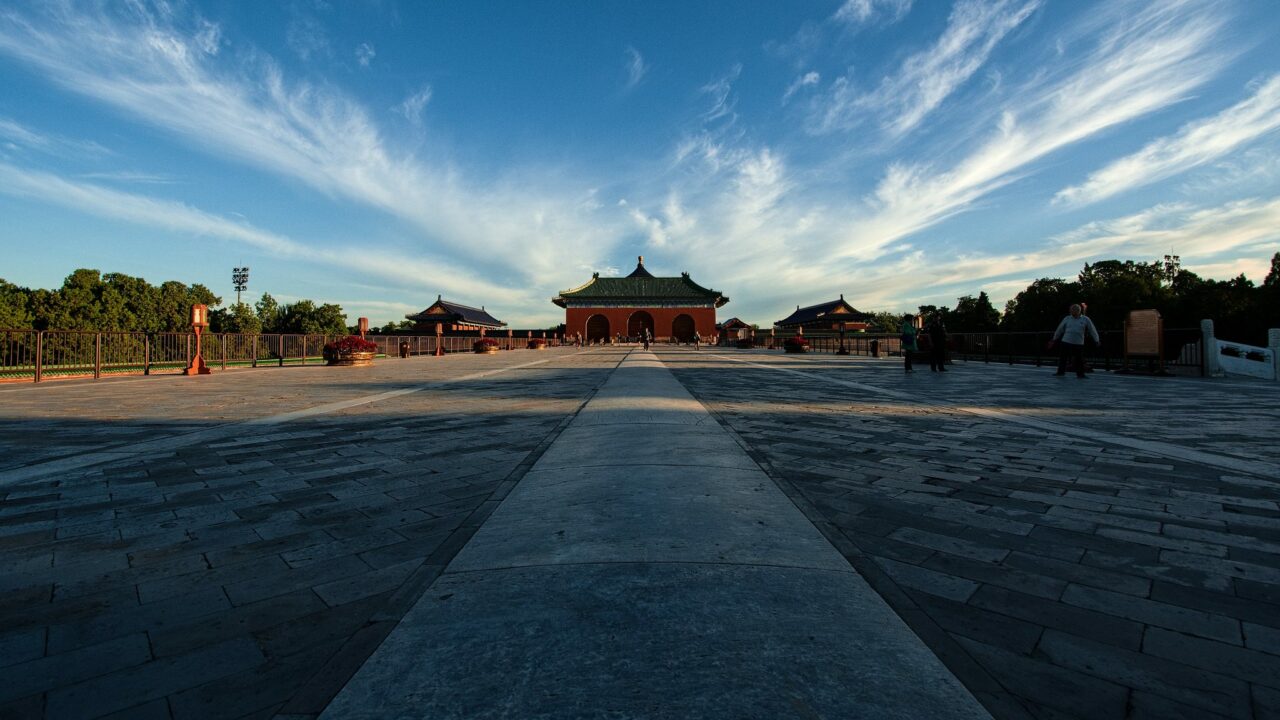
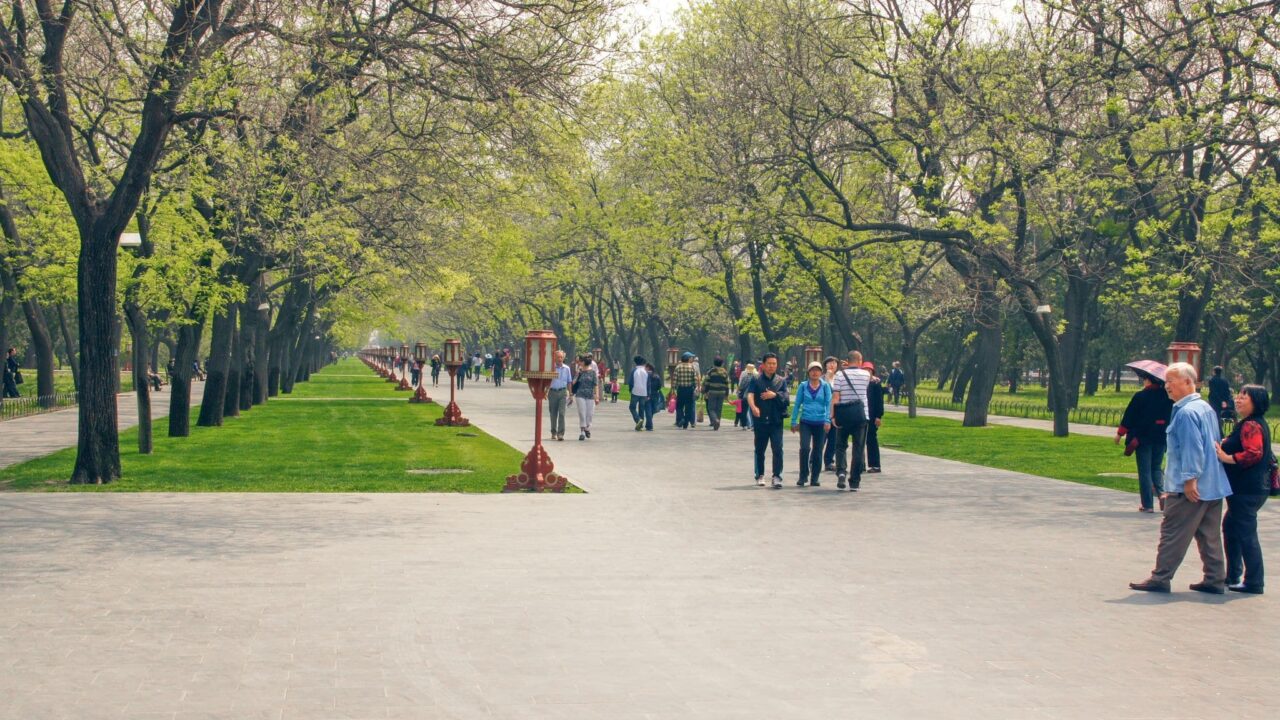

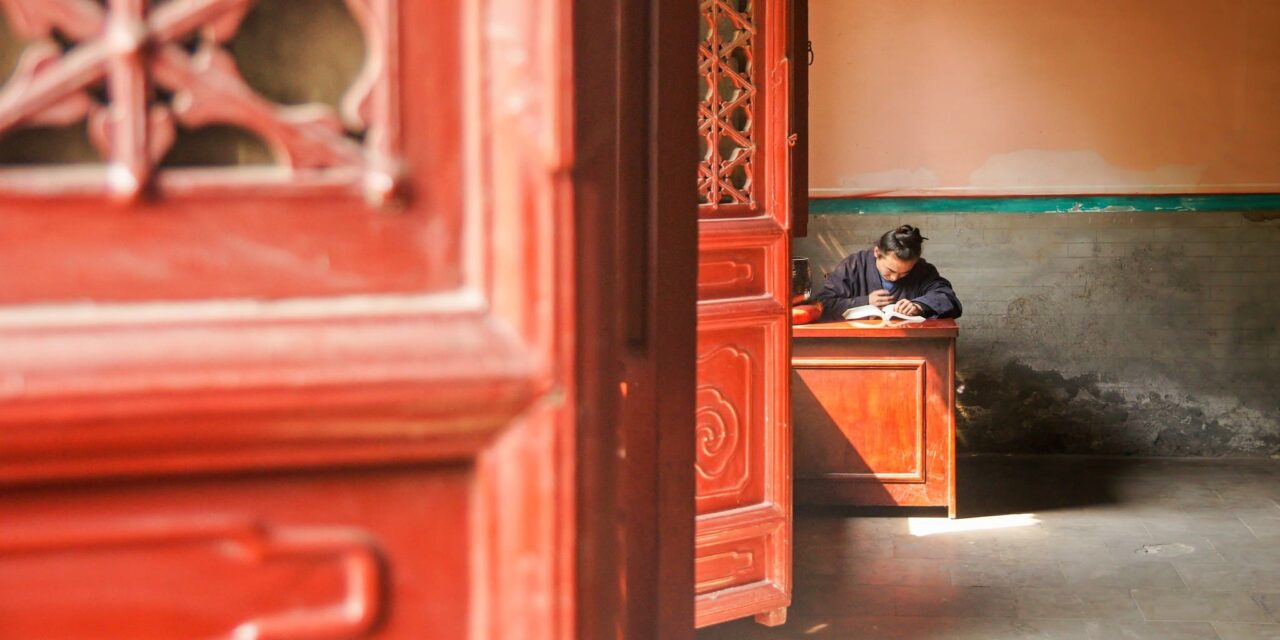
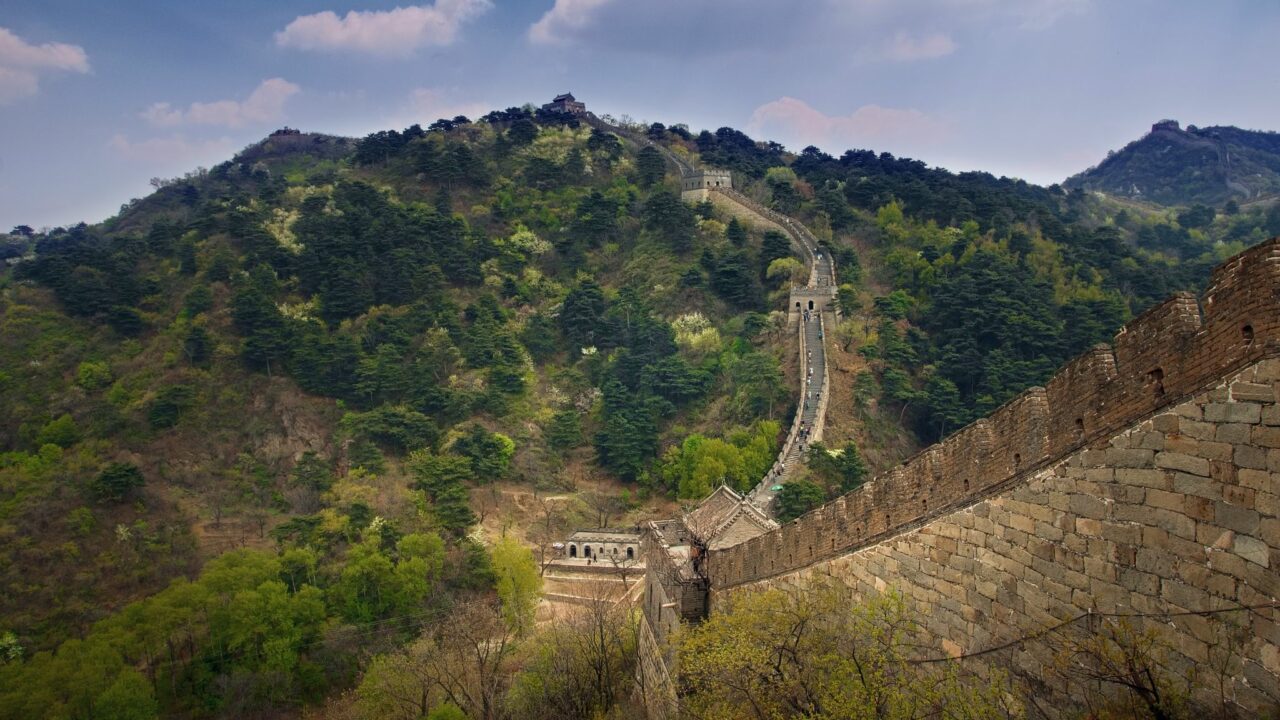

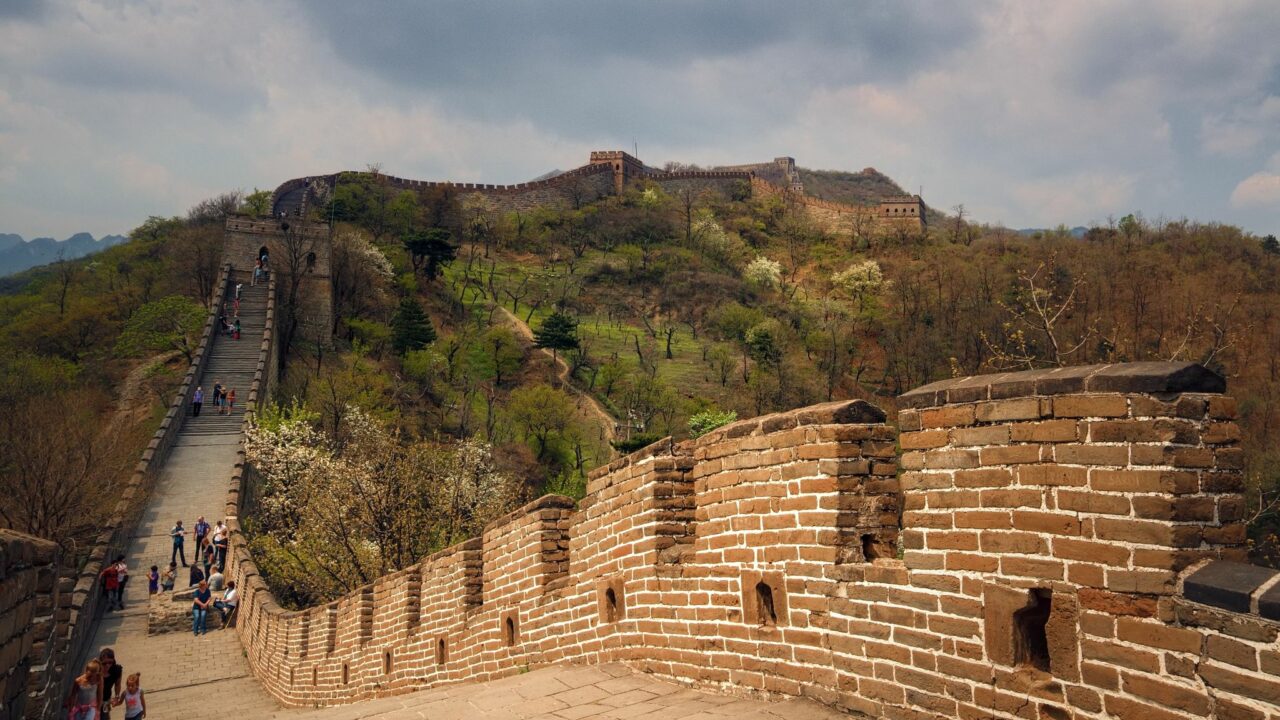
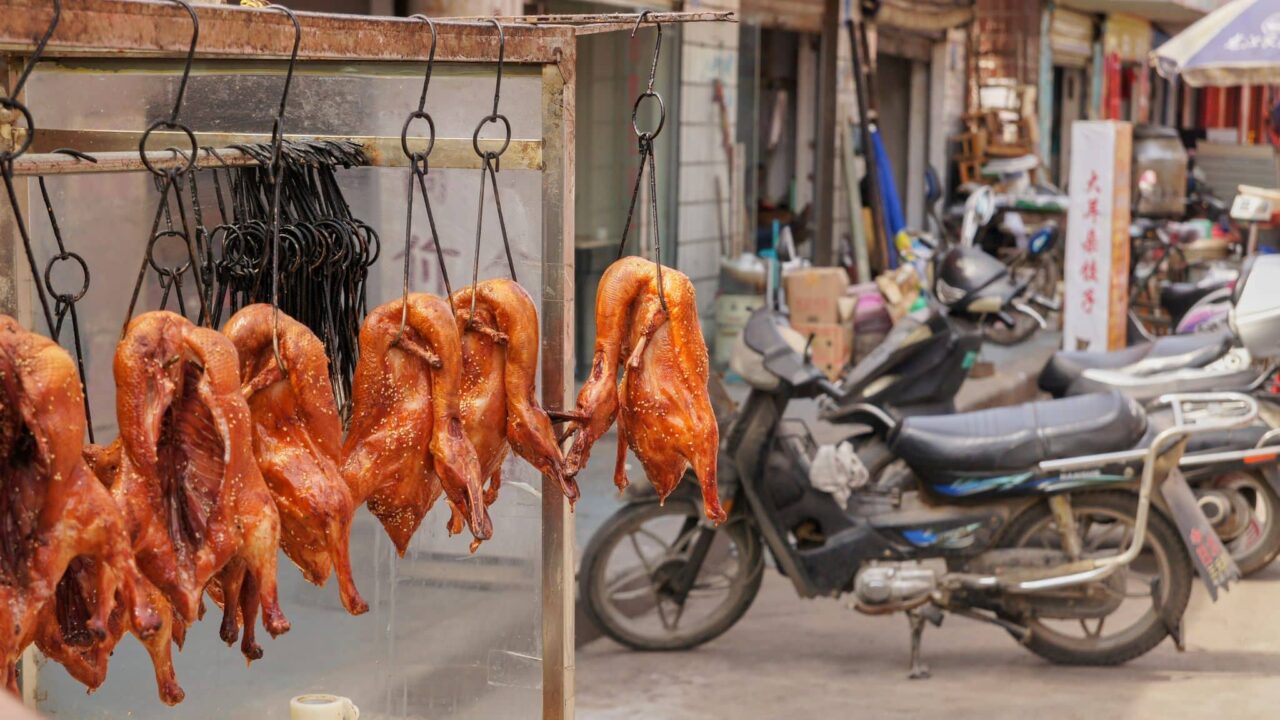
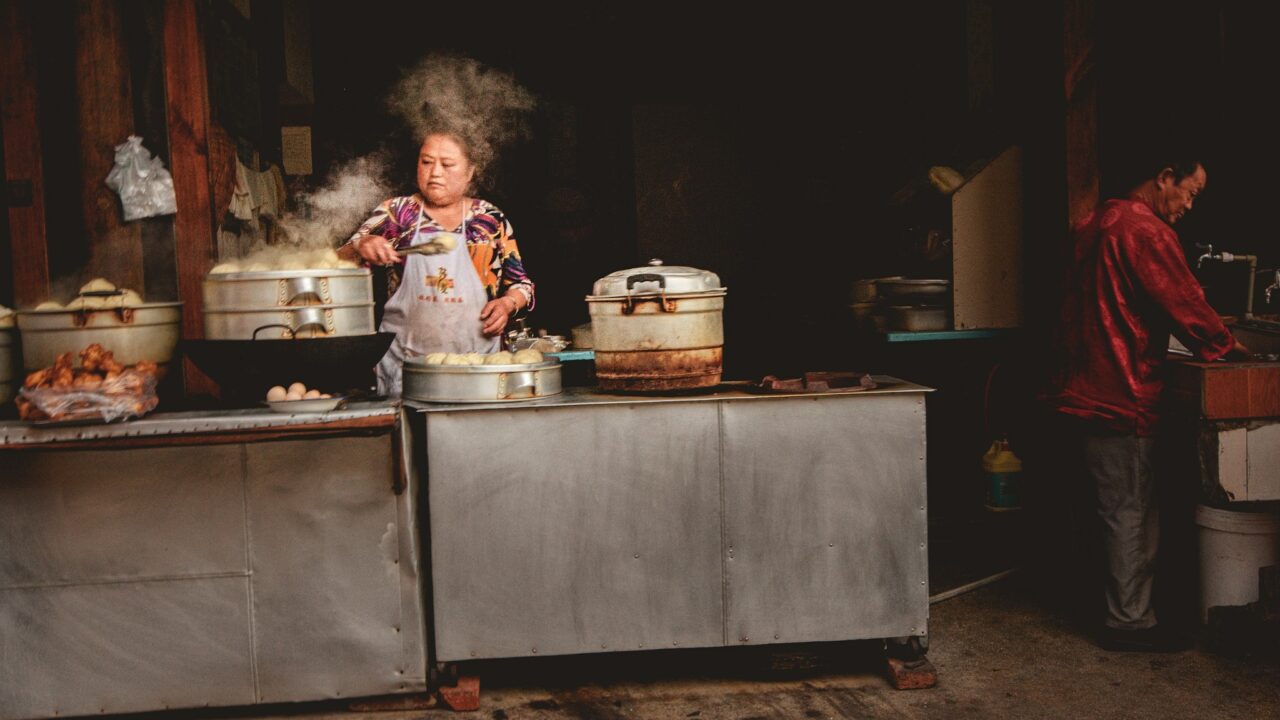

Thomas Wang
Thanks, very good I like it.
Honza Jan Musil
Thank you, it’s a pleasure
Thomas Wang
I am a hobby of photograph, tell me more about photography.
Phil Julian Rose
I liked the treatment of the Great Wall very much. Moody.
Honza Jan Musil
Thank you, it’s a pleasure
Demmi
I haven’t bought the tickets yet…. but I enjoyed a lot reading your insights! Thanks for the reading ride through this contrasting place!
PS. “Bullet Train” movie is great! :)
“You put peace out into the world, you get peace back.”
Honza Jan Musil
Thank you, it’s a pleasure